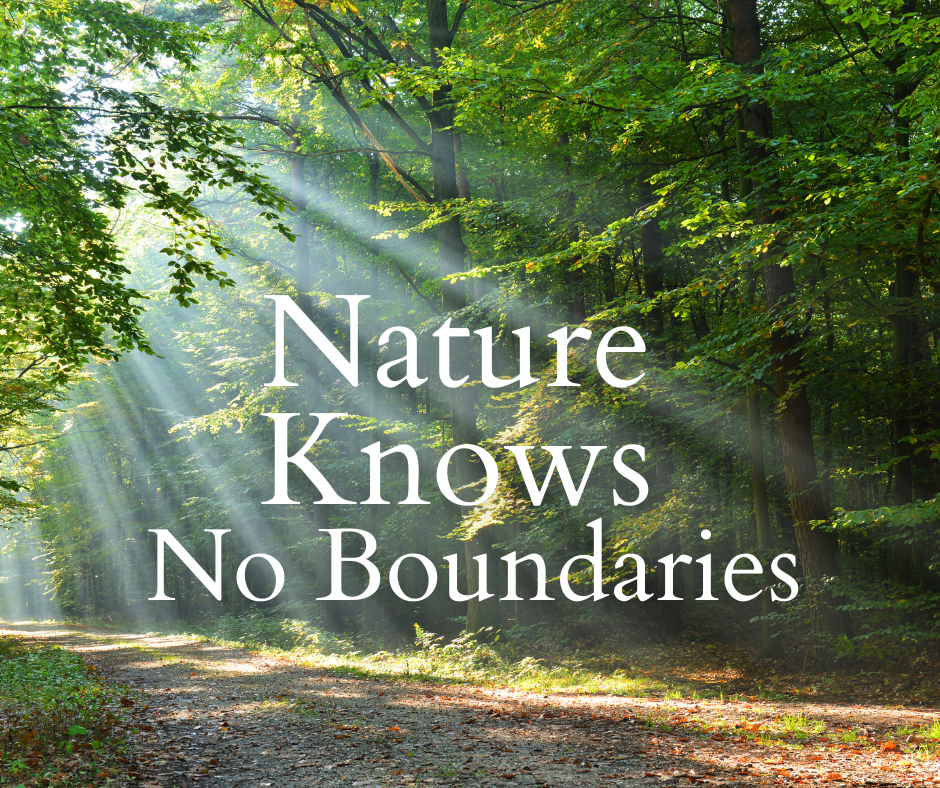This article was contributed by Rob Williams & Megan Pistolese-SLELO, in the 2021 Spring Newsletter.
Scale is an important factor when it comes to conservation work. When you think of large continental conservation efforts, the Blue Ridge to Boreal Initiative for example- the vision can be so big that it is easy to forget the power of the smaller scale work that can collectively impact our efforts. Humankind is a fan of creating boundaries, we like to think of things in terms of here or over there, ours or theirs, but nature knows no boundaries. A single forest pest smaller than the size of a sesame seed can take down an entire forest. A non-native mussel can reap havoc on aquatic food webs which took eons for native species to synchronize with. With this comes opportunity. The opportunity to work collaboratively to protect land and water systems that go way beyond our own backyards and to remove social barriers thus augmenting our collaborations.
To understand this, we must put it into the context of ‘prevention’. What we do in the core forest of the Tug Hill, such as preventing the establishment of a forest pest, helps to protect the entire 750,000 million acres of the connected Blue Ridge to Boreal landscape, does it not?
The same concept of protection applies in our aquatic conservation- and since aquatic ecosystems are often more connected than terrestrial and, in many cases, even more, difficult to manage – prevention can be considered even more vital. There are an estimated 1.61 million acres of surface water within the St. Lawrence Eastern Lake Ontario Region. Given that the Erie Canal connects Lake Erie to nearly all of New York’s inland water bodies, the prevention of even a single invasive species spreading through this canal system serves as doing our part to protect all the Great Lakes, the Finger Lakes, and other inland water bodies that connect to the canal. What it will take is for all organizations that fall within the watershed of the Erie Canal to commit to and collaborate on invasive species prevention from one end of the system to the other and all areas in between – can you imagine the collective impact?
Nature knows no boundaries isn’t just about nature – it’s about nature being accessible to everyone and the need to remove social barriers. Having the ability to connect with nature is the foundation for inclusive stewardship.


